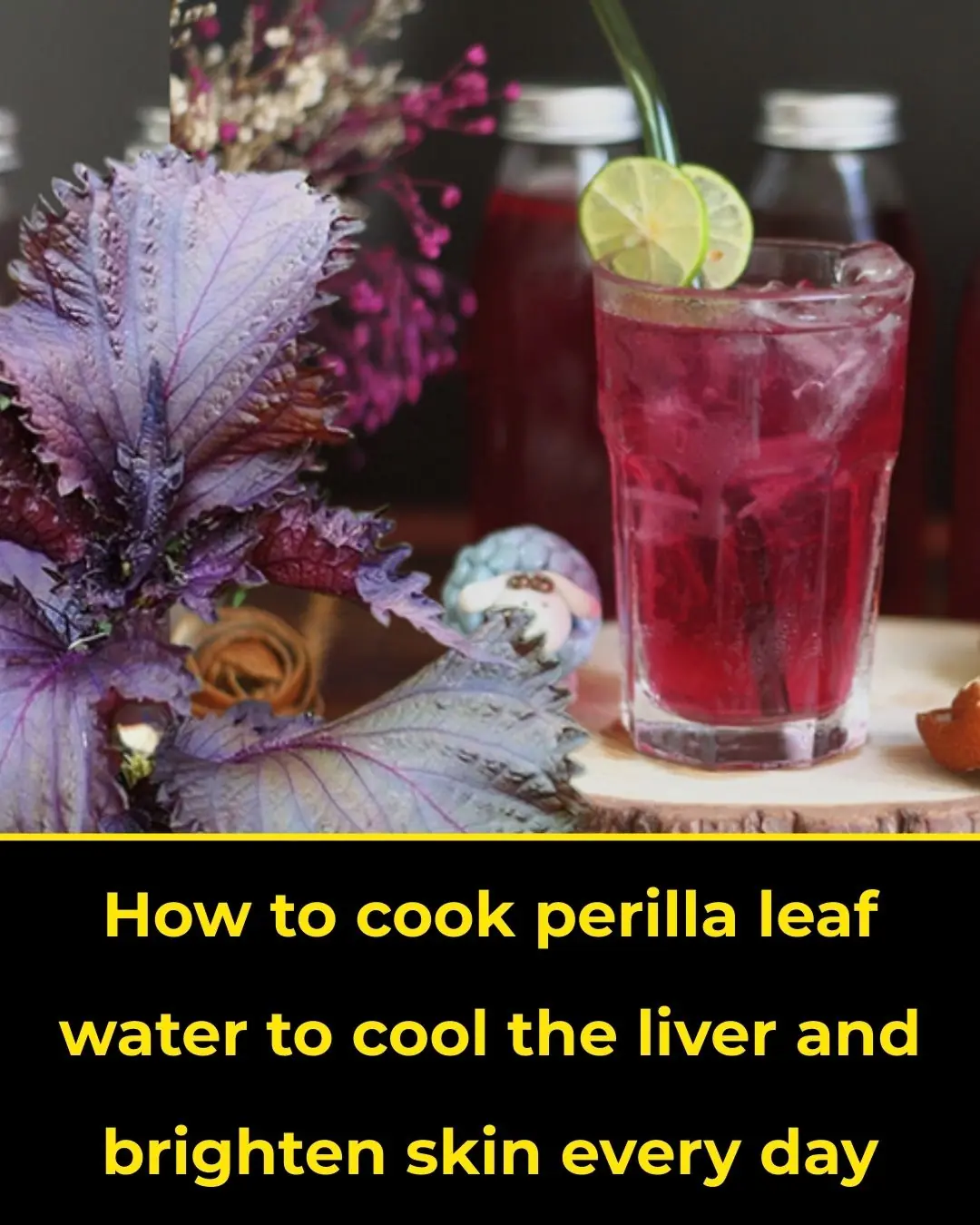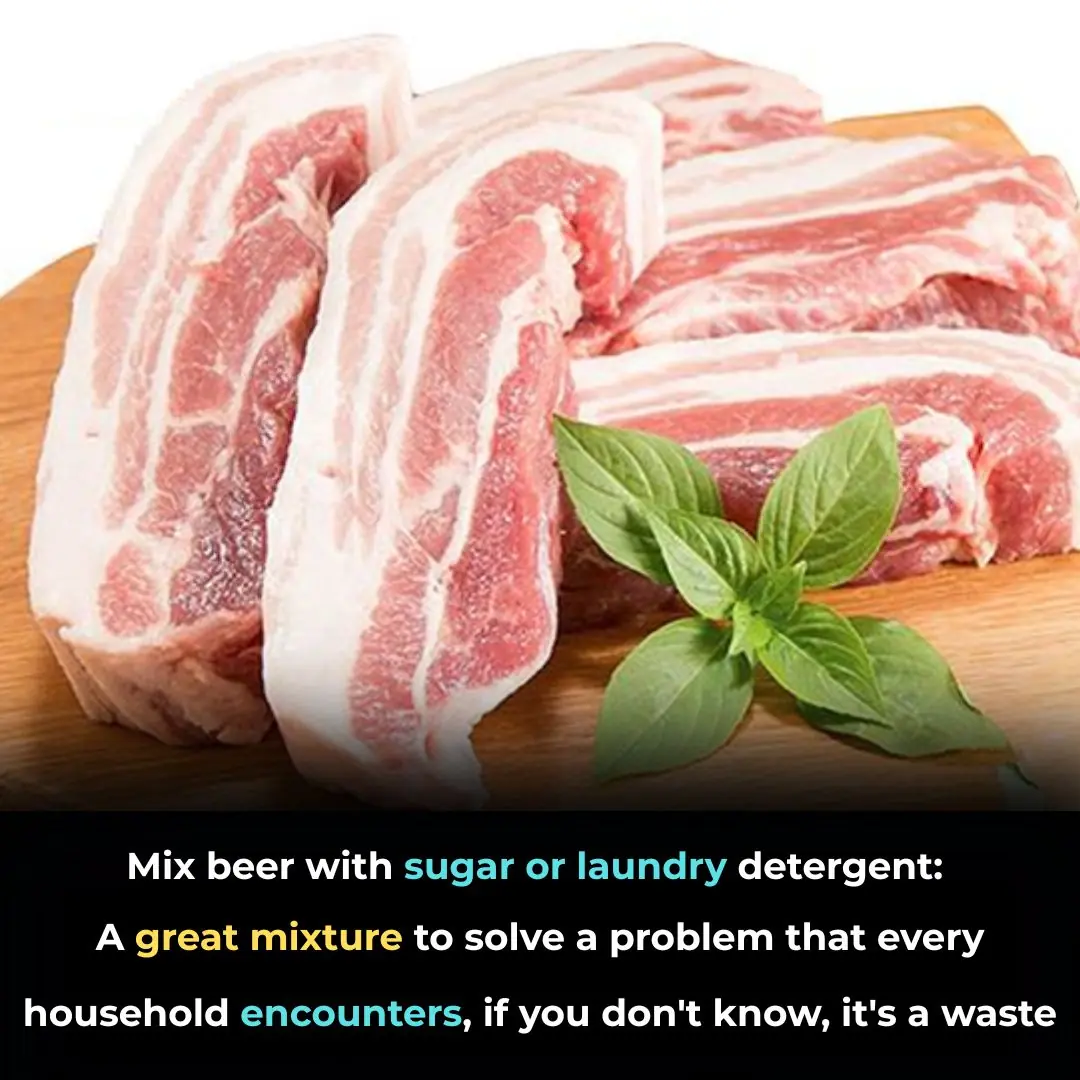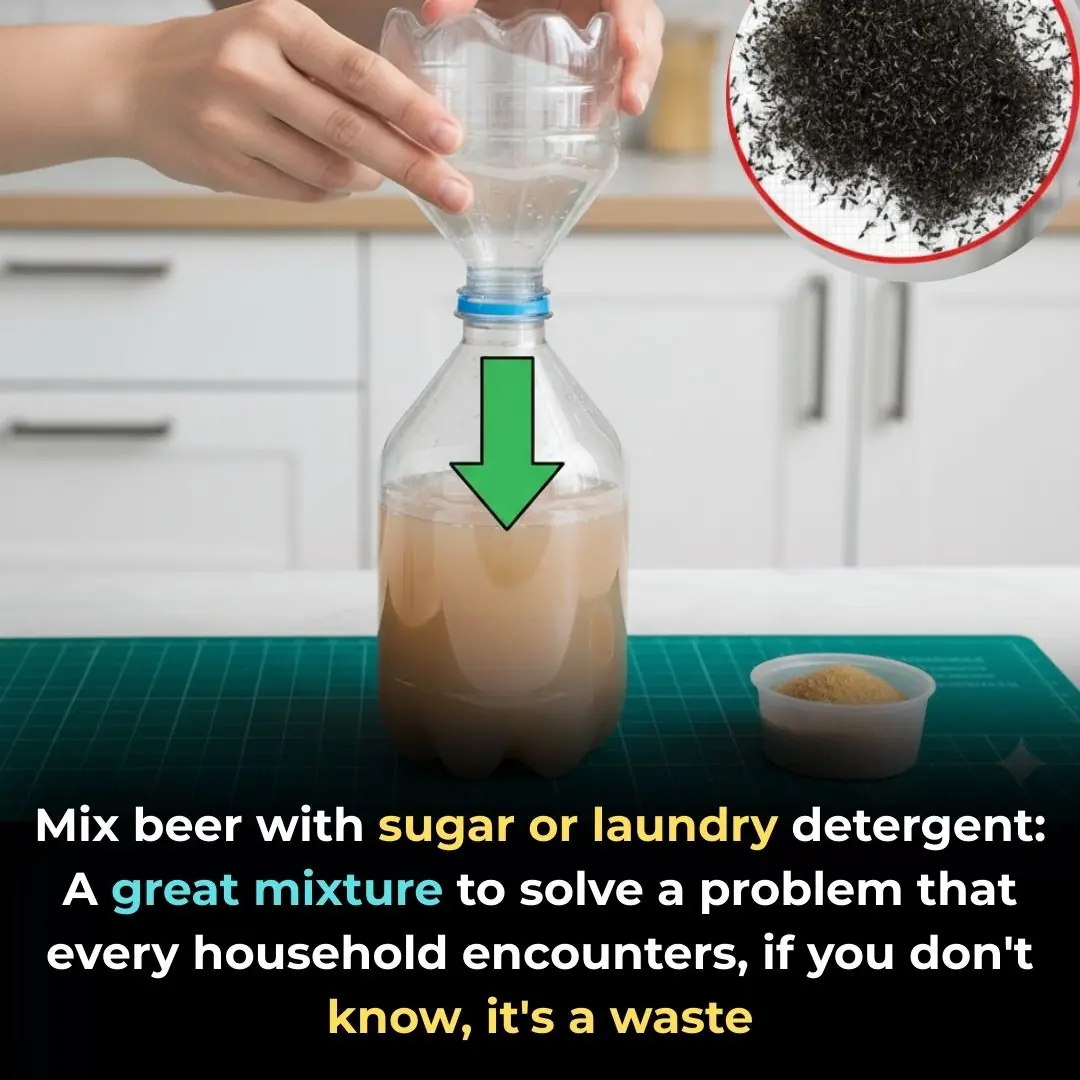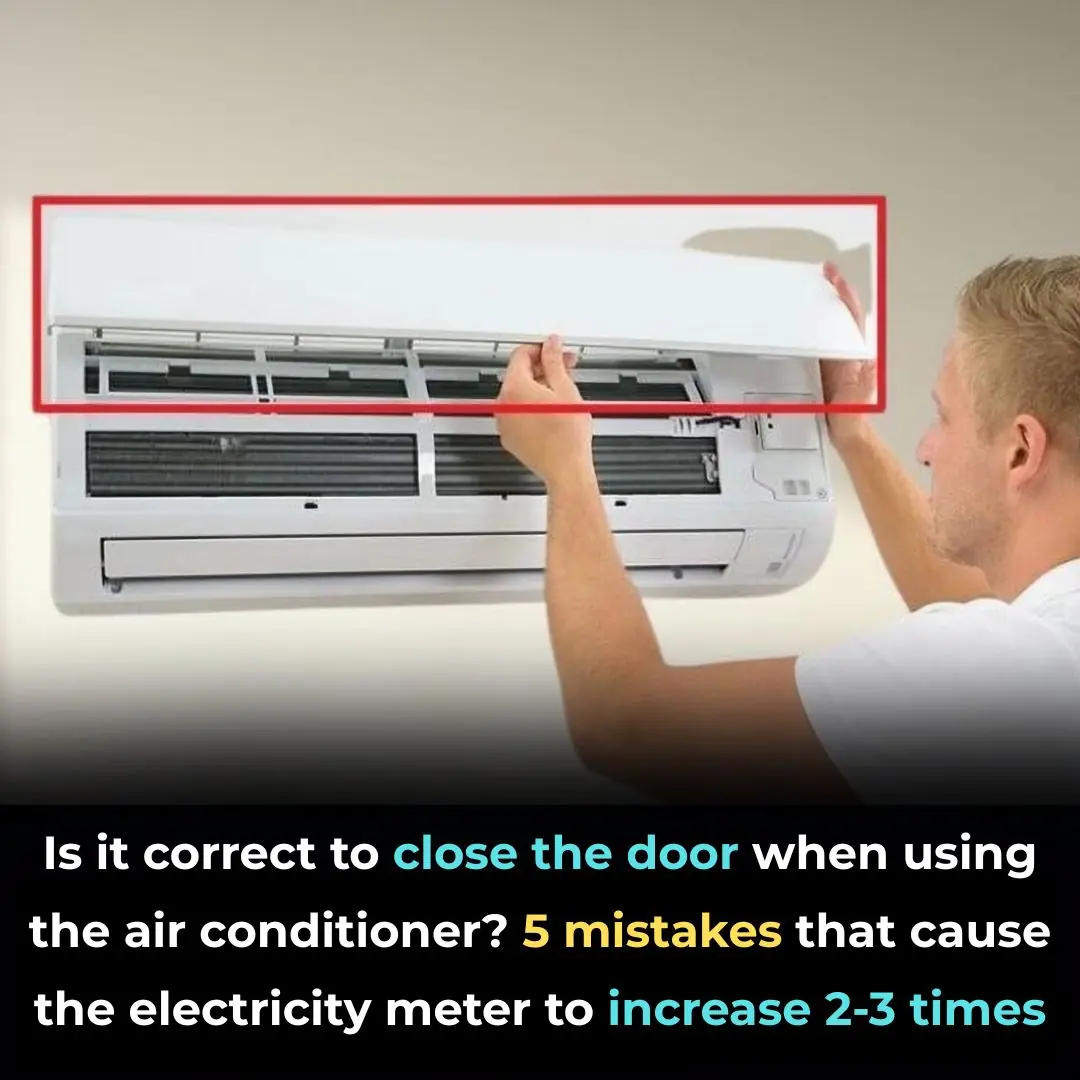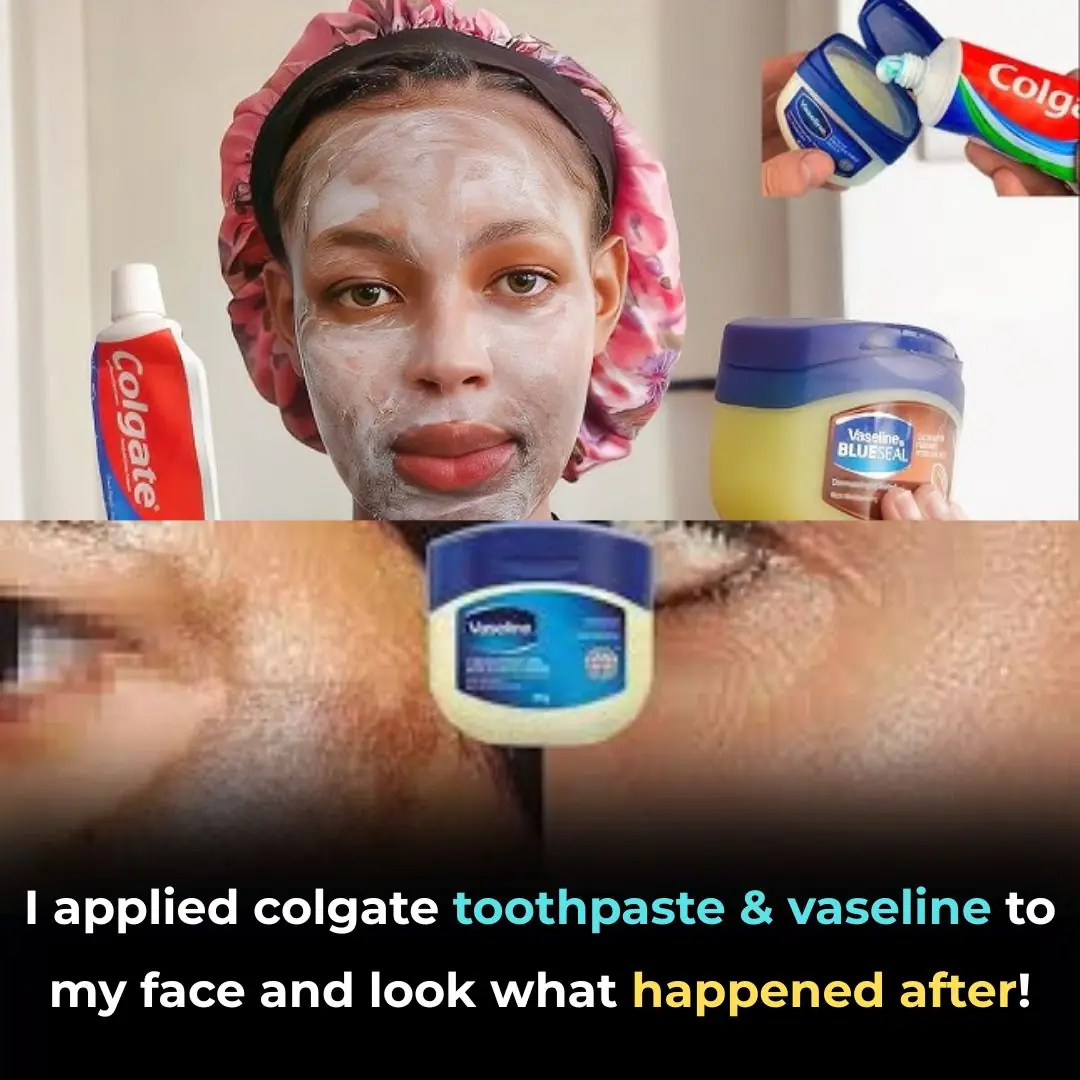
7 Resistance Band Ab Moves That Torch Belly Fat and Build Core Power
This variation transforms a simple bridge into a powerhouse move, strengthening not only your glutes but also your deep core muscles, lower back, and hip stabilizers.

As a parent and a spouse, protecting your family’s health and safety is always a top priority. You make daily choices—nutritious meals, vitamins, safety precautions—with the hope of giving your loved ones the best life possible. But what if some of the everyday products you rely on to protect and care for your family are silently doing the opposite?
Most of us don't stop to think about the potential harm lurking in common household items like cleaning agents, air fresheners, or even shower curtains. Yet, many of these products contain chemicals known to negatively impact health—and in some cases, even increase cancer risk.
In this comprehensive guide, you'll learn about 10 everyday products that could pose serious risks to your family's health and how to replace or minimize those dangers. We’ll also explore the growing concerns surrounding Wi-Fi and EMF radiation, an invisible threat in our modern environment.
Commercial air fresheners—sprays, plug-ins, and scented gels—are often marketed as harmless, but many contain phthalates, a group of chemicals linked to hormone disruption, reproductive issues, and even certain types of cancer.
🔬 Research published in the Journal of Environmental Health Perspectives indicates that phthalate exposure may be associated with increased breast and prostate cancer risk.
These substances are released into the air and can be inhaled or absorbed through skin contact. Some products labeled as “unscented” or “natural” may still contain hidden phthalates.
Make your own natural air freshener using distilled water and a few drops of essential oils in a spray bottle. Shake before use and spritz as needed. Or use a quality aromatherapy diffuser.
Want to purify the air naturally? Consider indoor plants like peace lilies, snake plants, or spider plants, which help remove airborne toxins.
Candles, especially scented or paraffin-based ones, can release toxic soot and chemicals when burned—some even more dangerous than diesel exhaust.
🧪 Studies show that regular exposure to candle emissions can increase inflammation, accelerate aging through telomere shortening, and contribute to heart and lung disease.
Wicks may also contain lead, despite a ban by the U.S. Consumer Product Safety Commission. Lead exposure is dangerous for both adults and children, particularly in poorly ventilated spaces.
Choose beeswax or soy-based candles with cotton wicks. They burn cleaner and don’t emit harmful chemicals. Better yet, use essential oil diffusers to enjoy scents without the smoke.
Plastic products like PVC (polyvinyl chloride), used in shower curtains, are a major source of off-gassing—the release of chemicals into the air.
☣️ These include volatile organic compounds (VOCs) and dioxins, both of which have been linked to respiratory issues, hormone disruption, and cancer.
Heat and moisture from showers can accelerate the release of these toxins, making the bathroom a surprisingly hazardous area.
Look for EVA (ethylene vinyl acetate) or PEVA curtains, which are PVC-free. Even better, use organic cotton shower curtains. Also, review your plastic containers and kids' toys—many contain hidden PVC.
Many popular carpet shampoos and upholstery cleaners use perchloroethylene or naphthalene, both known to increase the risk of lung and throat cancers.
🧴 Naphthalene is also found in mothballs and has been associated with respiratory issues and long-term health effects.
Sprinkle baking soda on carpets for odor control.
Mix white vinegar with water as a fabric-safe cleaner.
Steam cleaning is also effective and chemical-free.
Find more non-toxic cleaning ideas in my article on [10 surprising uses for vinegar].
The chemical perchloroethylene (PERC) is a common solvent used in dry cleaning. It’s classified as a probable human carcinogen by the Environmental Protection Agency (EPA).
Wearing clothes freshly dry-cleaned—especially if not properly aired out—can expose you to these harmful residues.
Use a “wet-cleaning” or green cleaner that avoids PERC.
Air out dry-cleaned clothes outdoors for several hours before wearing.
Choose washable clothing whenever possible.
Tick, flea, and ant control products often contain organophosphates, carbamates, and permethrin—chemicals flagged by the EPA as potential carcinogens.
🐶 Even pet products labeled “safe” can contain ingredients harmful to both animals and humans.
Try natural pest control methods such as diatomaceous earth, citrus sprays, or essential oils like peppermint and eucalyptus. You’ll find effective DIY recipes in our [Natural Pest Control Guide].
Many antibacterial soaps, sprays, and even toothpastes contain triclosan, a compound banned in the EU due to its suspected link to endocrine disruption, cancer, and antibiotic resistance.
⚠️ The FDA has banned triclosan from hand soaps but still allows it in some toothpastes (e.g., Colgate Total).
Make your own natural disinfectant using vinegar, water, and tea tree oil.
Choose triclosan-free toothpaste.
Use silver-infused cloths or naturally antibacterial ingredients like honey or coconut oil in skincare.
Deodorants and antiperspirants often contain aluminum and parabens, which may mimic estrogen in the body.
🧬 Excess estrogen is linked to breast cancer, and many researchers believe repeated exposure to these chemicals under the arms could be harmful.
While studies are mixed, the potential risk is high enough to consider switching.
Use natural deodorants made with coconut oil, baking soda, and essential oils. You can even DIY your own lavender or tea tree oil deodorant with just a few ingredients.
Despite bans in other countries, triclosan is still present in some U.S. oral care products.
⚠️ Triclosan is a known endocrine disruptor and has been linked to infertility, thyroid dysfunction, and possibly cancer. Animal studies have shown bone malformations and immune disruption.
The FDA approved its use based on industry-sponsored studies—raising ethical concerns.
Switch to fluoride-based, triclosan-free toothpaste. Brands like Tom’s of Maine, Dr. Bronner’s, or Hello offer safer options.
Teflon, made from PFOA (perfluorooctanoic acid), has been linked to:
Cancer
Thyroid disease
Infertility
Autoimmune disorders
Developmental issues in children
🔬 PFOA is now considered a “forever chemical” because it doesn’t break down in the environment—or your body.
Use cast iron, stainless steel, glass, or ceramic cookware.
Never overheat empty pans or use metal utensils on nonstick surfaces.
Replace nonstick pans every 1–2 years if you still use them.
We use wireless devices all day—phones, routers, laptops—but many don’t realize that electromagnetic radiation (EMF) may affect your health.
Headaches and fatigue
Sleep disturbances
Muscle pain or soreness
Brain fog or lack of focus
Dizziness or nausea
🧠 Dr. Magda Havas of Trent University found that even brief exposure to cordless phones can disrupt heart rhythm.
Turn off Wi-Fi at night.
Keep routers out of bedrooms and away from children.
Use speakerphone or EMF-protection earbuds for calls.
Limit screen time—especially in children.
We trust labels. We trust marketing. But we shouldn’t trust them blindly. It’s essential to research what goes into the products we use daily—because prevention is always better than treatment.
You don’t need to make changes overnight. Start small. Swap out one product at a time. And remember:

This variation transforms a simple bridge into a powerhouse move, strengthening not only your glutes but also your deep core muscles, lower back, and hip stabilizers.
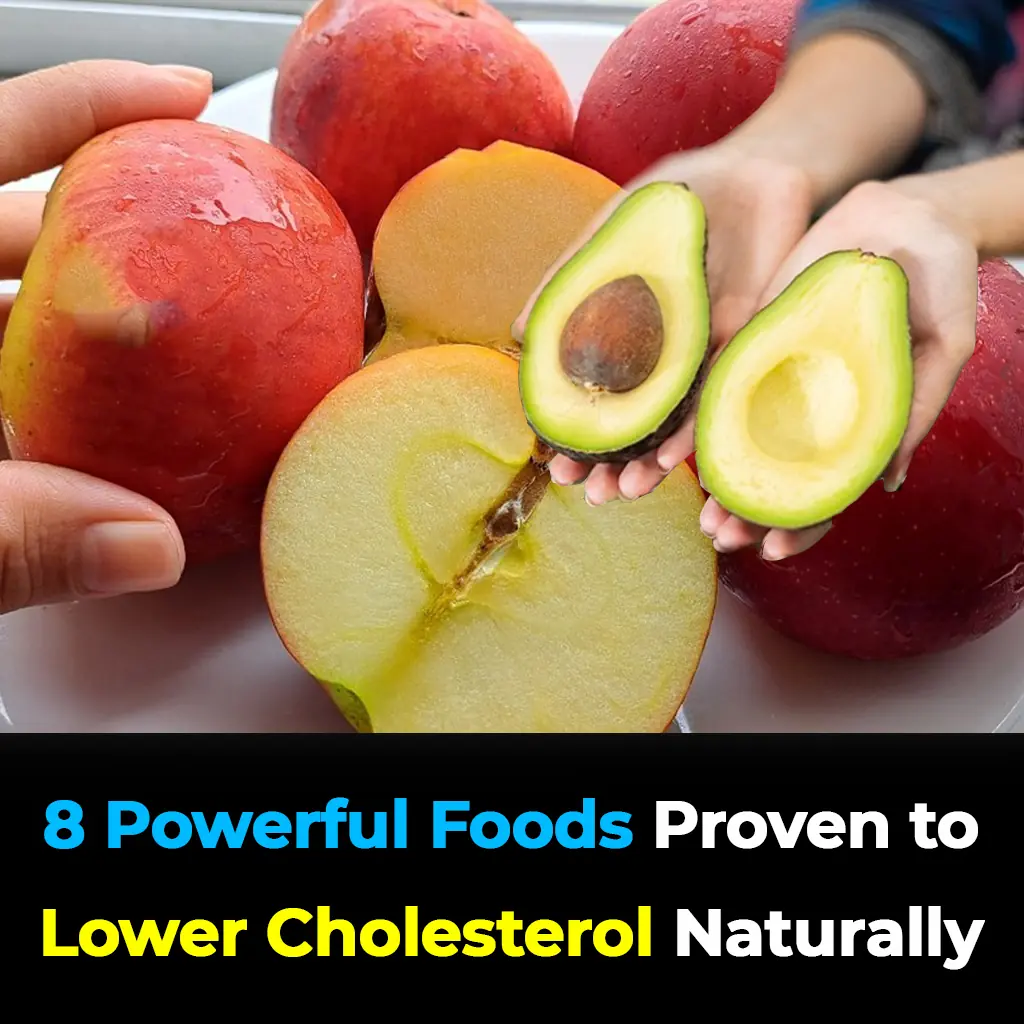
It’s about making gradual, sustainable swaps—cutting back on processed foods, replacing saturated fats with healthier ones, and prioritizing fiber-rich, nutrient-dense ingredients.
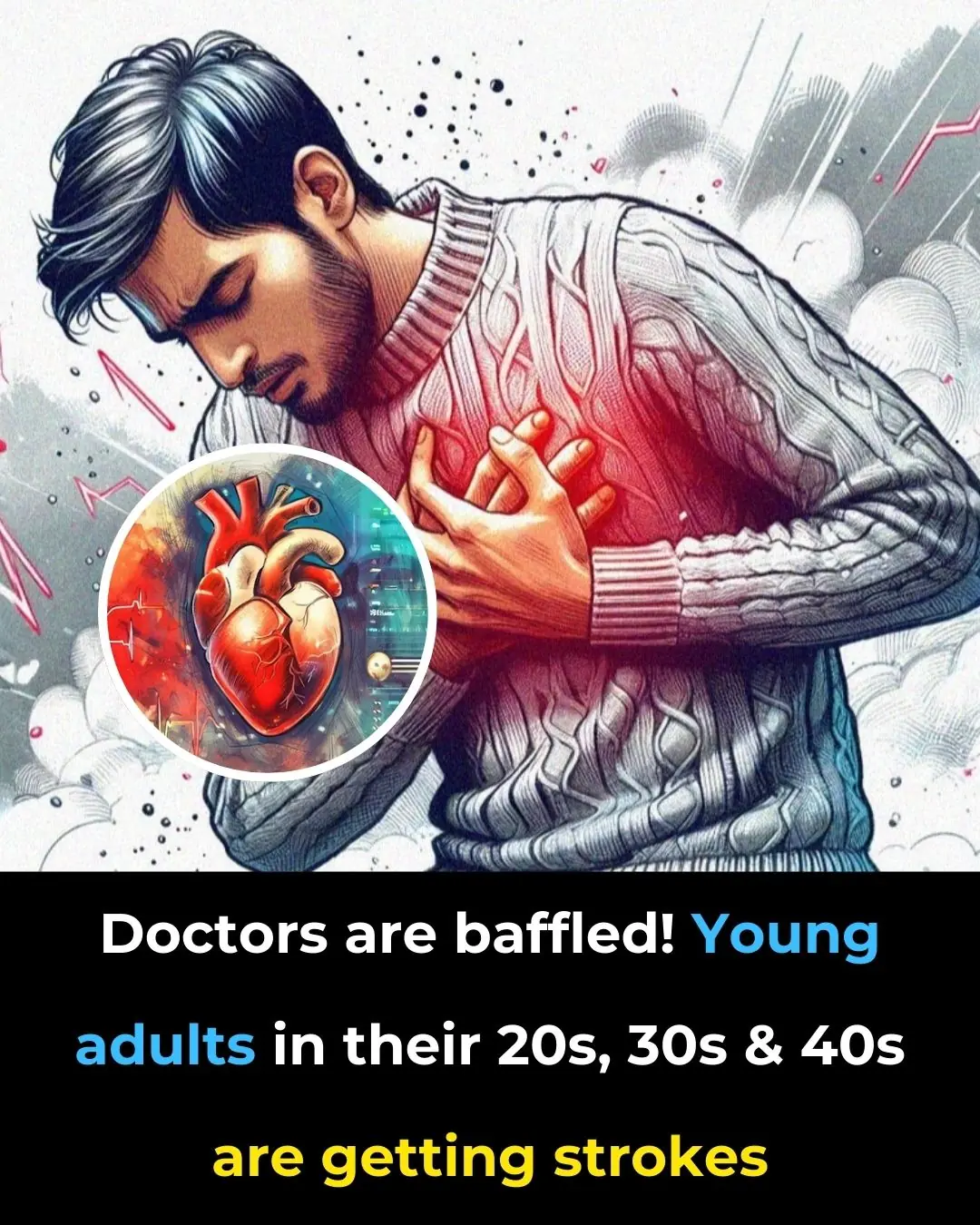

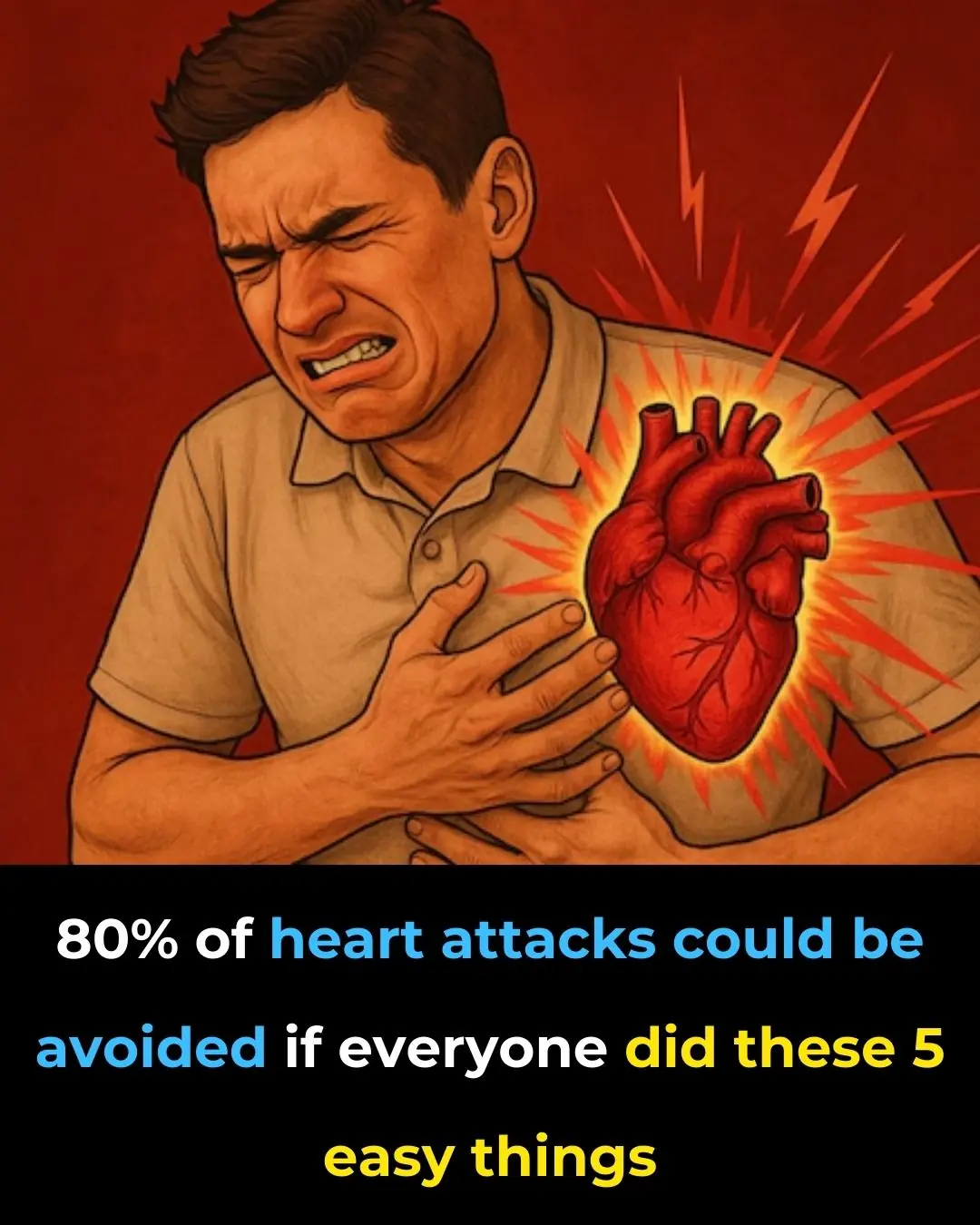

He thought he was strong and healthy, but one morning at work, his body gave in without warning. By the time he reached the hospital, it was too late. His story serves as a chilling reminder that what you eat for breakfast could quietly determine your ris
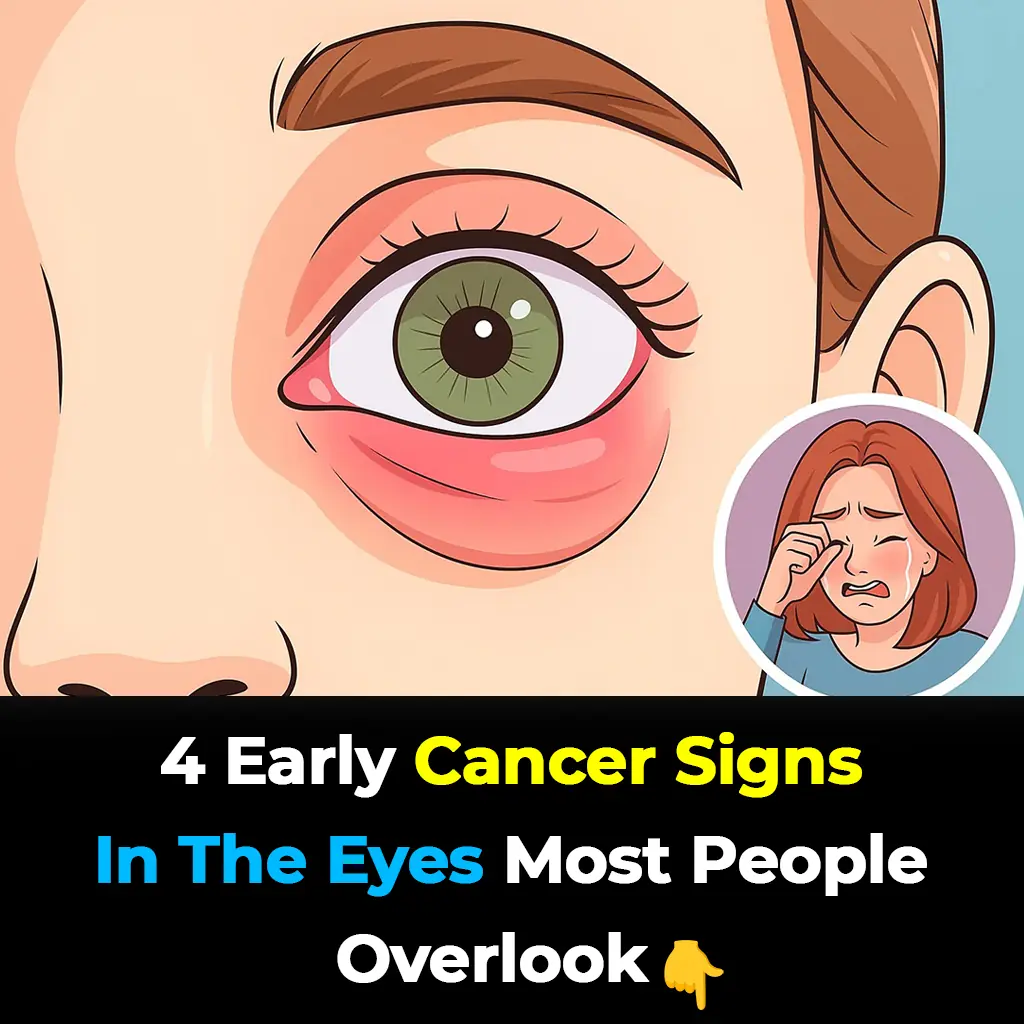
Your eyes do more than reflect emotions; they can also reveal critical clues about your overall health. Subtle changes in appearance, color, or vision may sometimes be early warning signs of dangerous cancers developing elsewhere in the body — long befo
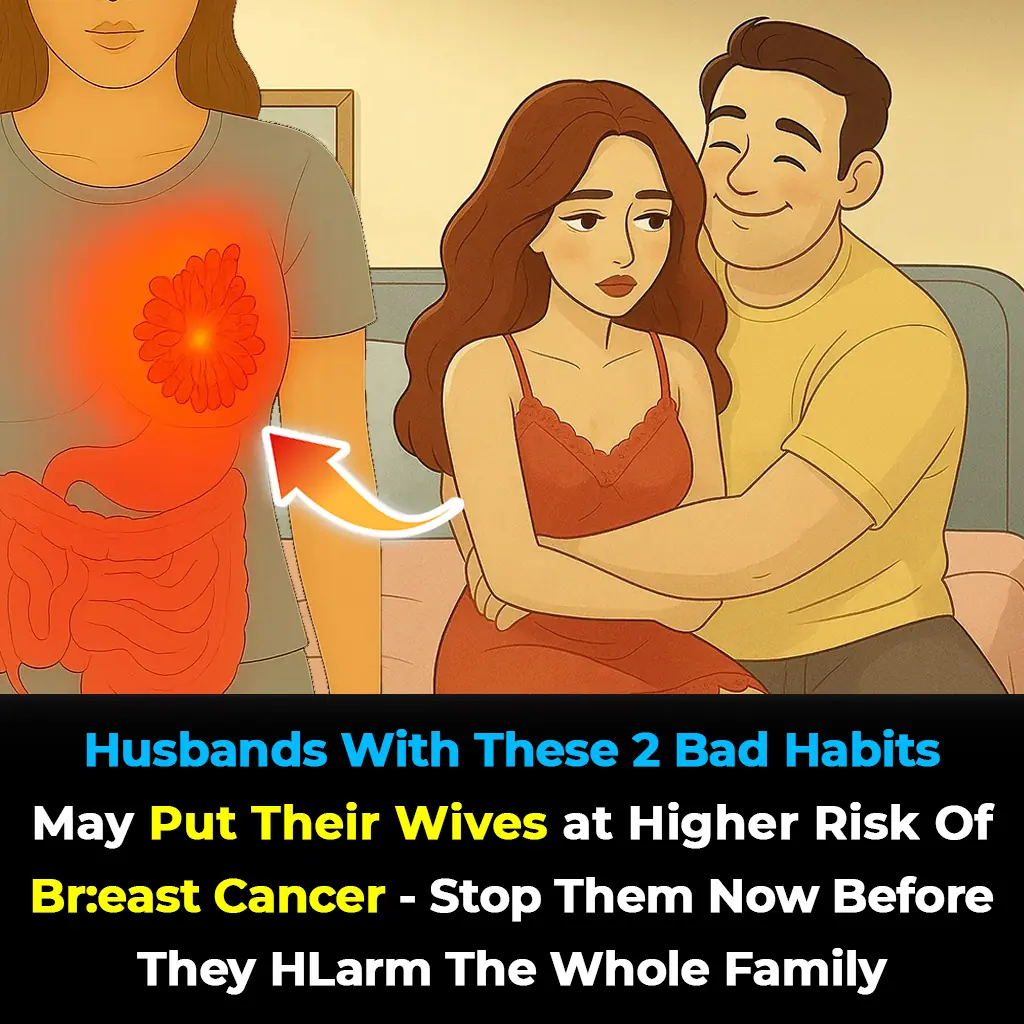
The influence of a husband’s habits on his wife’s well-being is far greater than many couples realize. Small daily choices — whether neglecting exercise or lighting a cigarette — can quietly accumulate into significant health risks over time.



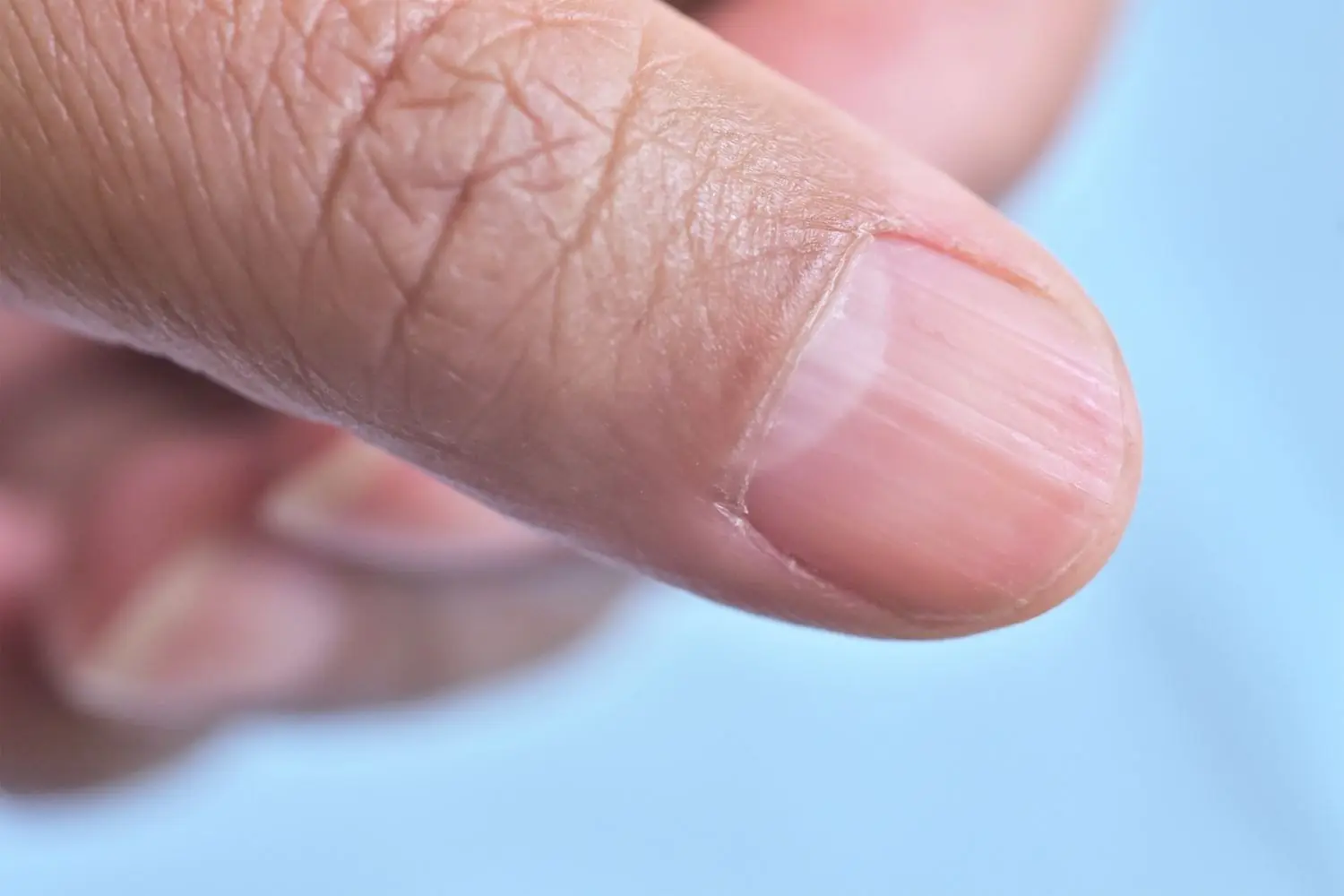
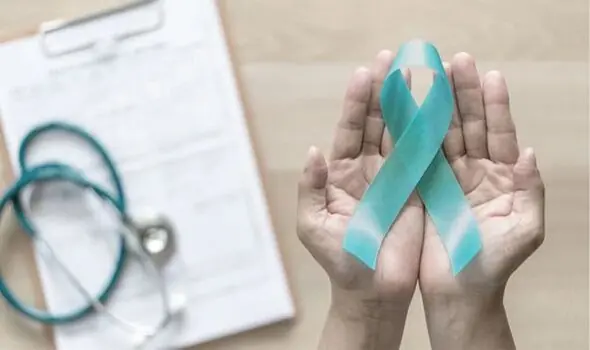


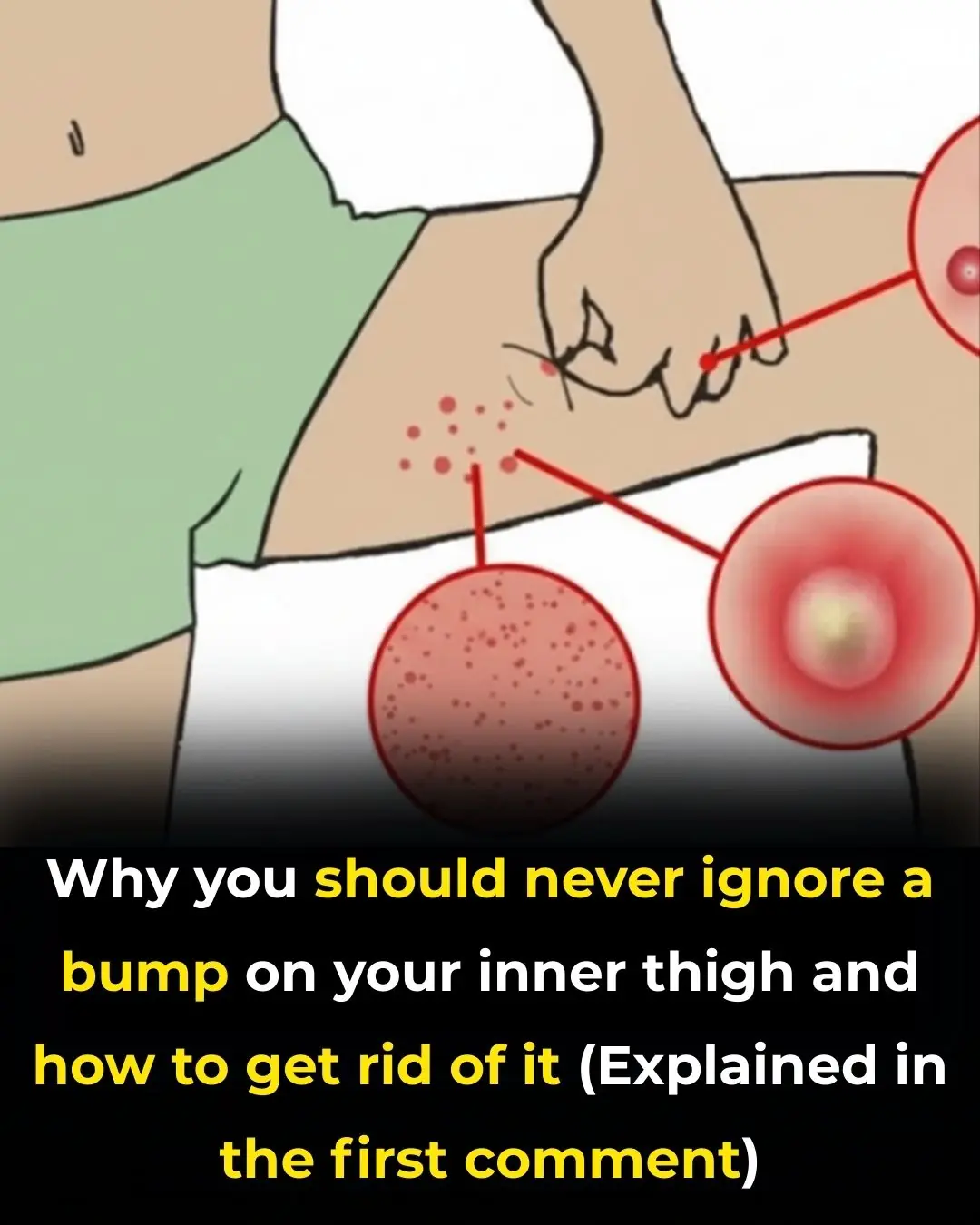
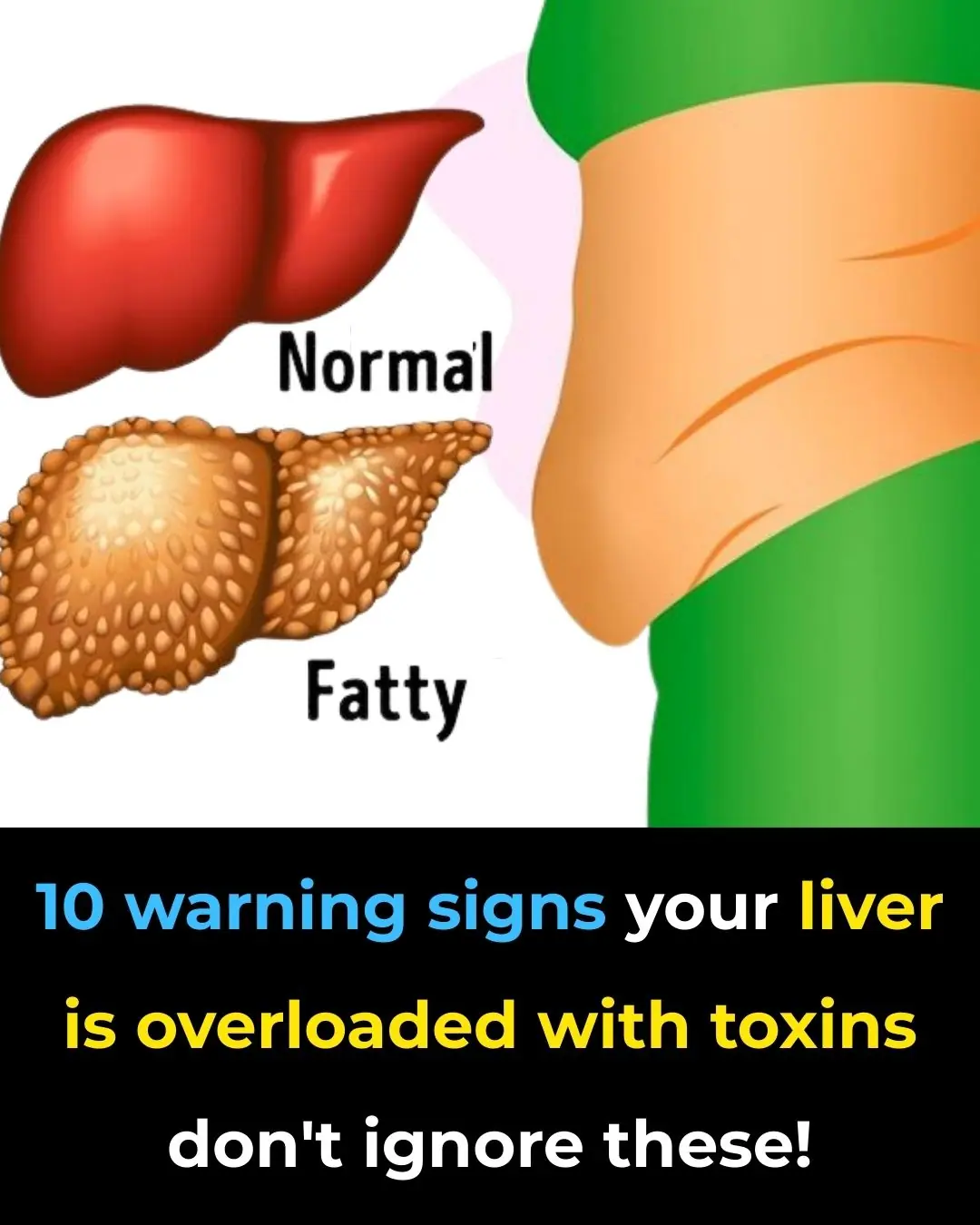
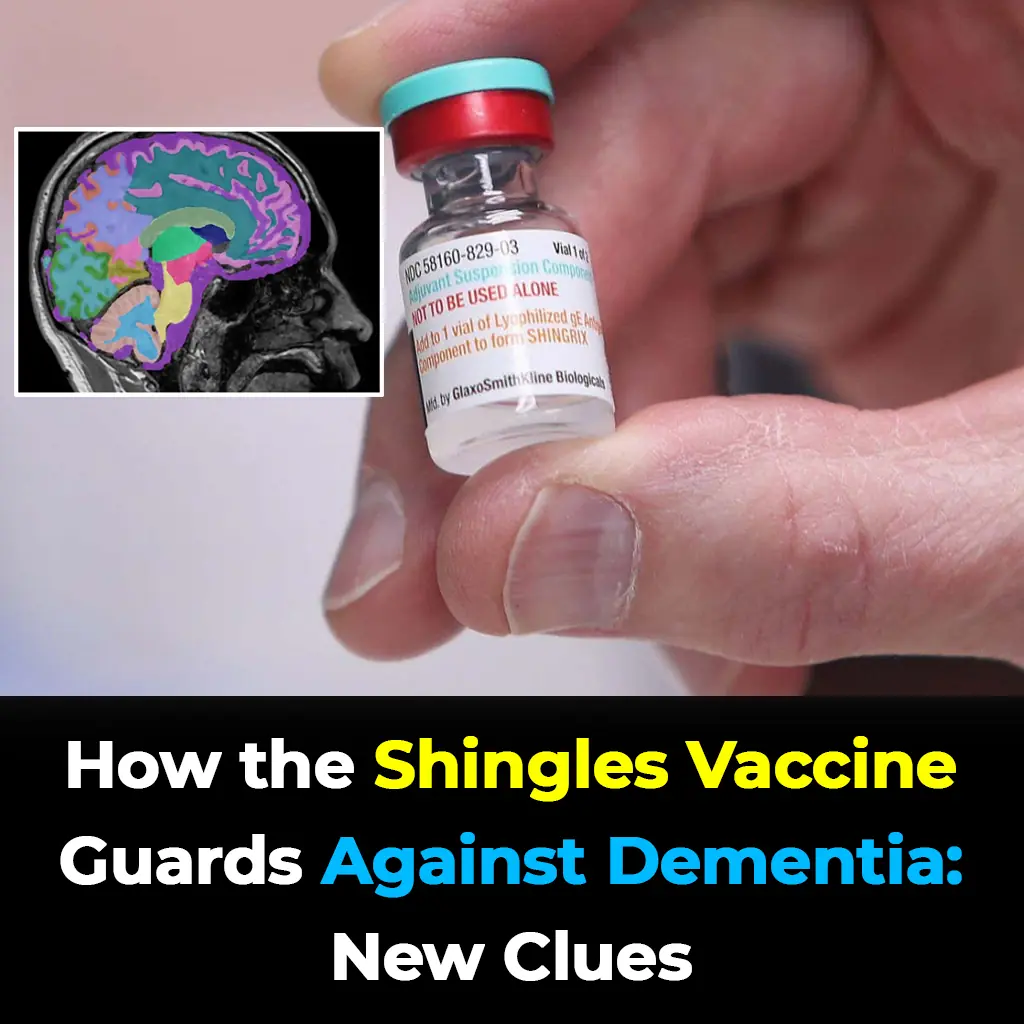
Could a simple vaccine hold the key to protecting the brain against one of the most feared diseases of aging?

This variation transforms a simple bridge into a powerhouse move, strengthening not only your glutes but also your deep core muscles, lower back, and hip stabilizers.

It’s about making gradual, sustainable swaps—cutting back on processed foods, replacing saturated fats with healthier ones, and prioritizing fiber-rich, nutrient-dense ingredients.
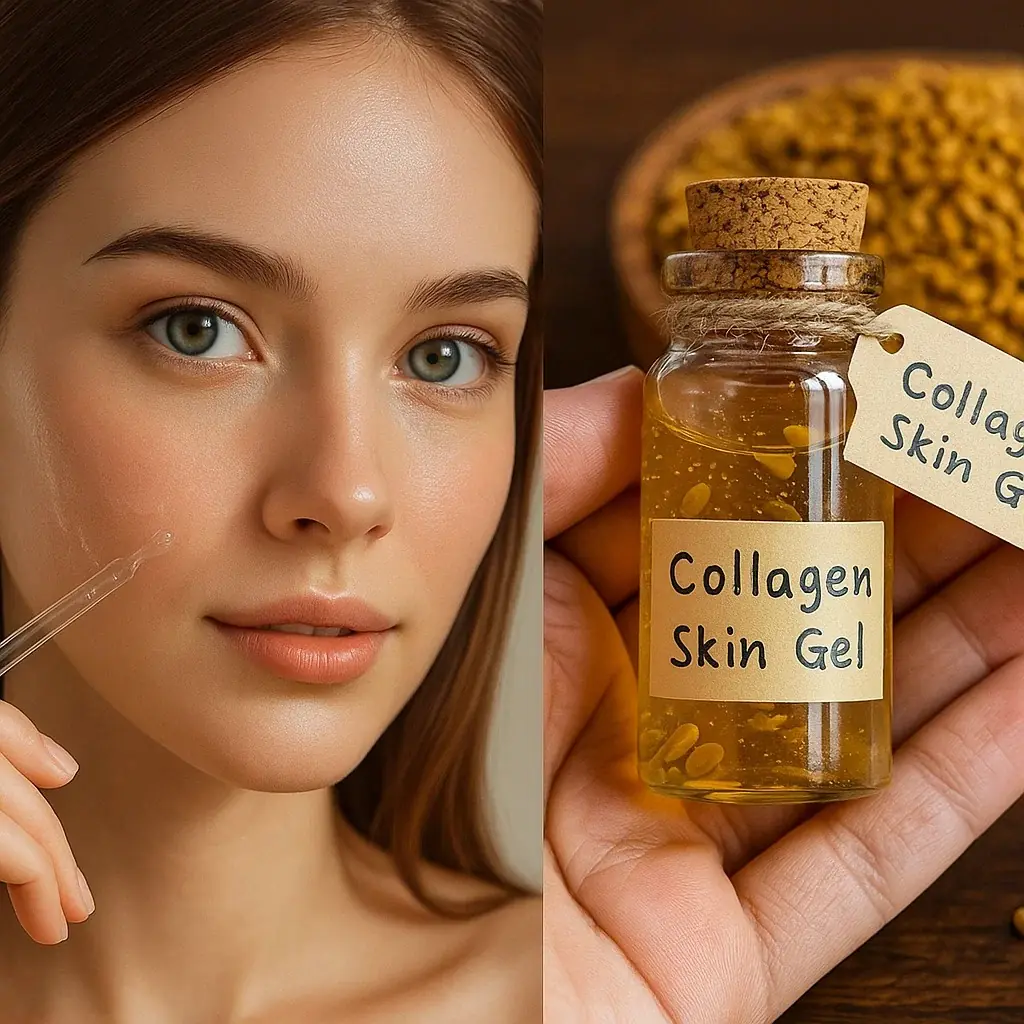
With flaxseed gel, you’re not just applying moisture—you’re giving your skin the building blocks it needs to repair, renew, and glow from within.
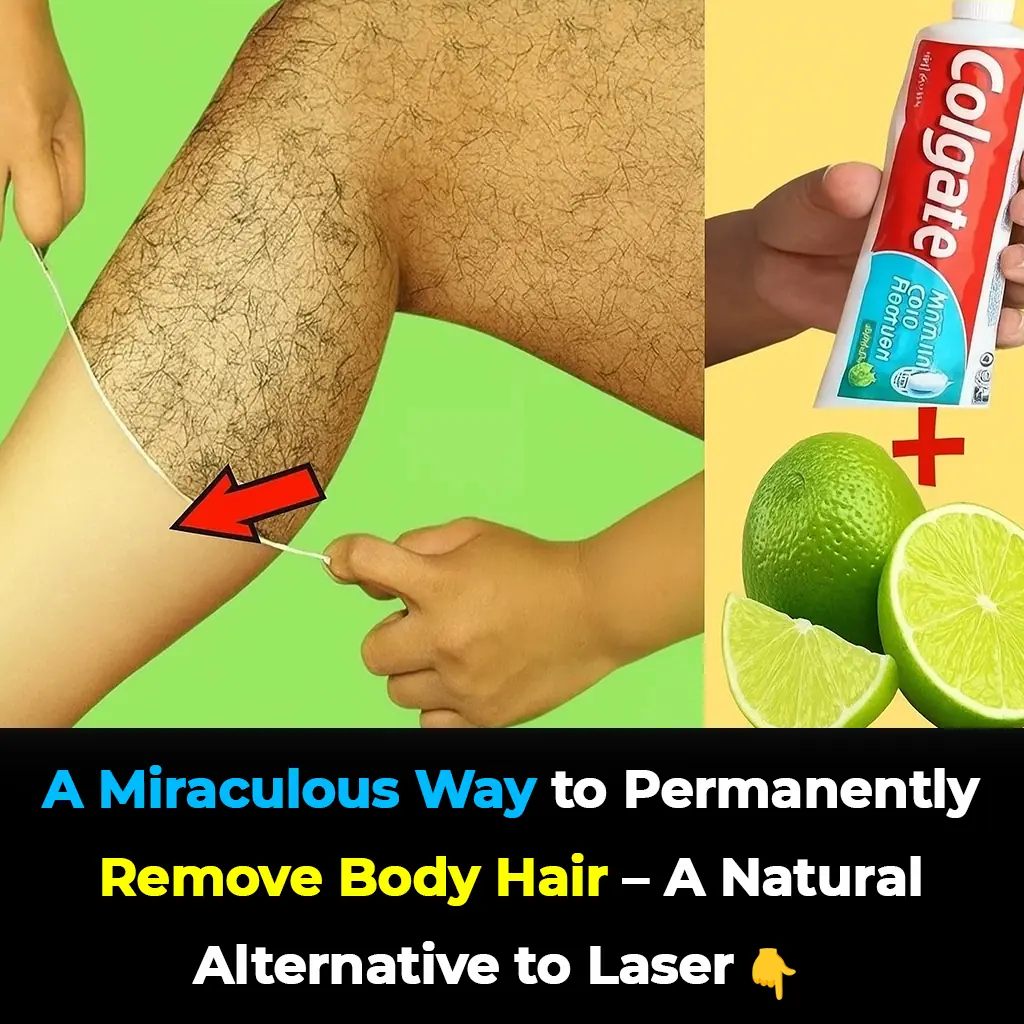
With just two simple household ingredients, you can try a gentle, budget-friendly, and surprisingly effective solution at home.

Packed with anti-inflammatory, detoxifying, and soothing properties, cabbage is more than just a kitchen staple — it’s a hidden healing ally.


A single bowl of salt might seem insignificant, but its impact on your fridge — and your household — is anything but small.

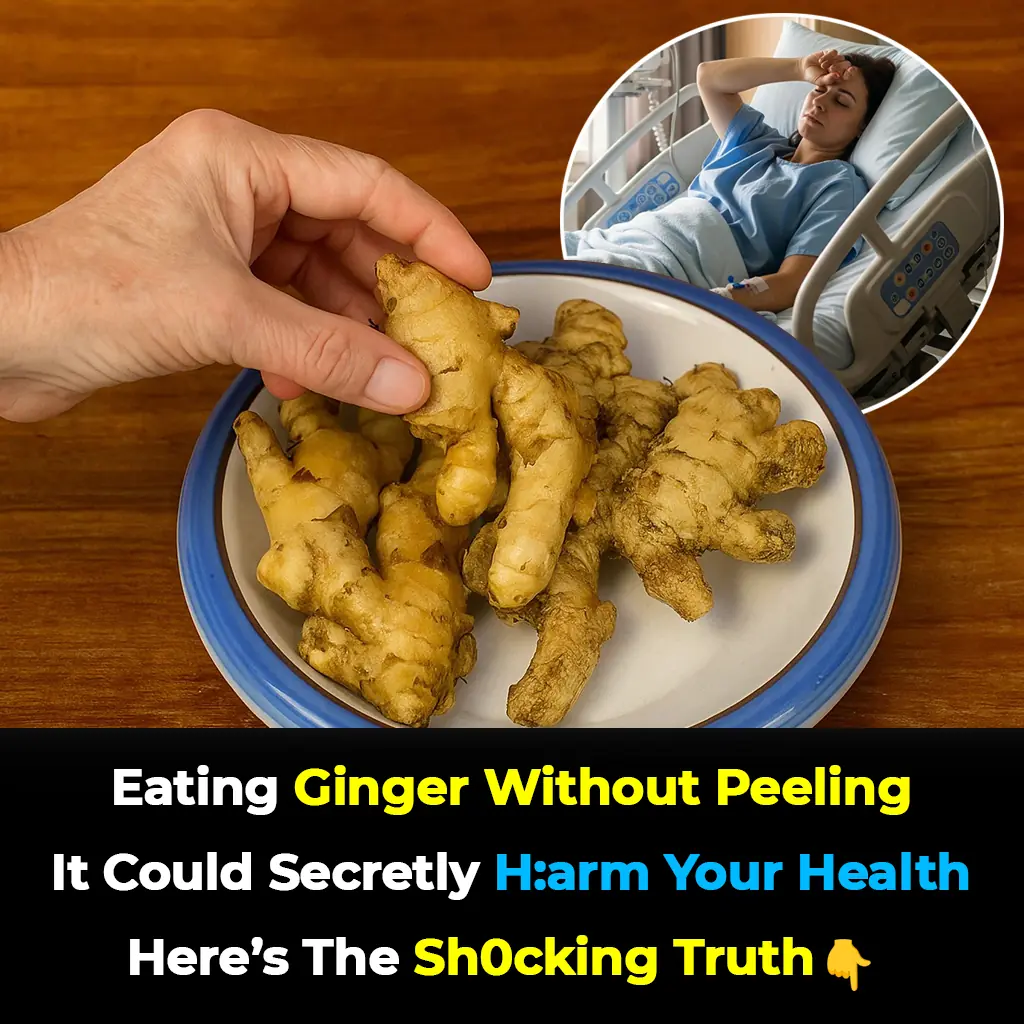
he peel is not harmful; in fact, it carries unique benefits. By using ginger correctly and storing it properly, you can unlock its full potential for boosting immunity, improving circulation, and keeping your


Plastic wrap is undeniably convenient, but it must be used correctly. Missteps like reusing, heating, or buying low-quality products can gradually harm your body.

He thought he was strong and healthy, but one morning at work, his body gave in without warning. By the time he reached the hospital, it was too late. His story serves as a chilling reminder that what you eat for breakfast could quietly determine your ris

Your eyes do more than reflect emotions; they can also reveal critical clues about your overall health. Subtle changes in appearance, color, or vision may sometimes be early warning signs of dangerous cancers developing elsewhere in the body — long befo

The influence of a husband’s habits on his wife’s well-being is far greater than many couples realize. Small daily choices — whether neglecting exercise or lighting a cigarette — can quietly accumulate into significant health risks over time.
